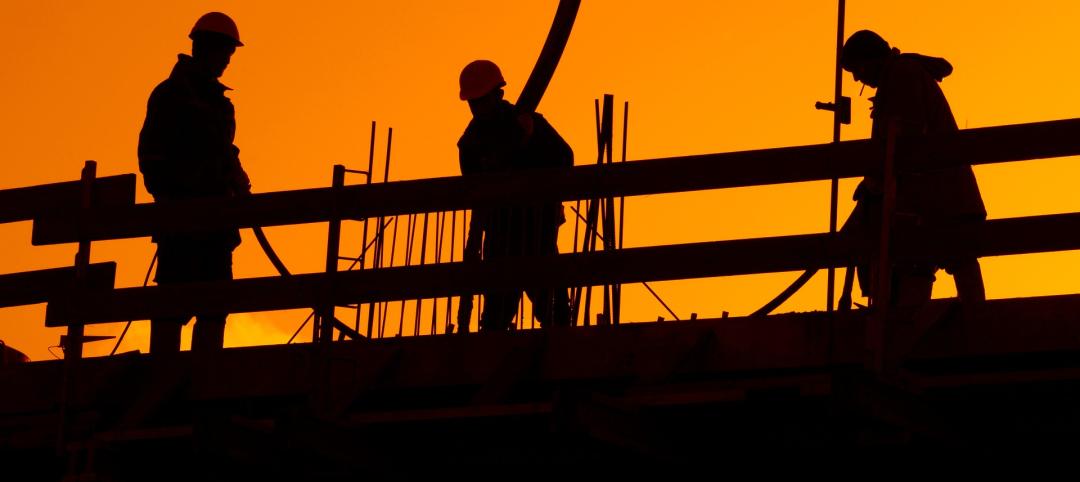A nationwide retrofit strategy could cut 51% of emissions from large buildings in Canada, according to a new Canada Green Building Council (CaGBC).
The report includes recommendations that CaGBC says would reduce 21 million tons of carbon by 2030, help the government achieve its climate change goals, and grow the economy. CaGBC researchers analyzed how the type, size, and age of large buildings, along with energy sources and the carbon intensity of regional electrical grids in Canada, can affect energy efficiency and carbon emissions.
Among the findings and recommendations:
- Buildings including office buildings, shopping malls, universities, and arenas constructed between 1960 and 1979 represent the age class with the largest opportunity for carbon emissions reductions.
- Alberta and Ontario currently emit the most carbon. This is due to the carbon intensity of Alberta’s electricity grid and the number of large buildings in Ontario.
- All provinces will need to prioritize recommissioning for large buildings (between 25,000 sf and 200,000 sf) and deep retrofits for buildings over 35 years old. These two actions will reduce emissions by 4.1 MT CO2e, providing 62% of the reduction needed to meet the goal.
- Fuel switching must be completed in 20% of buildings over 35 years old across Canada. Currently, fuel switching is particularly attractive in provinces with clean electricity grids such as British Columbia, Manitoba, Quebec, New Brunswick, and Newfoundland. In these regions, significant effort should be put into increasing the adoption of highly efficient heat pump technology.
- In provinces with carbon intense electricity grids—Alberta, Saskatchewan, New Brunswick, and Nova Scotia—30% of buildings will need to use renewable energy in order to meet the target.
Related Stories
Codes and Standards | Jun 27, 2024
Berkeley, Calif., voters will decide whether to tax large buildings with gas hookups
After a court struck down a first-in-the-nation ban on gas hookups in new buildings last year, voters in Berkeley, Calif., will have their say in November on a measure to tax large buildings that use natural gas.
Sustainability | Jun 24, 2024
CBRE to use Climate X platform to help clients calculate climate-related risks
CBRE will use risk analysis platform Climate X to provide climate risk data to commercial renters and property owners. The agreement will help clients calculate climate-related risks and return on investments for retrofits or acquisitions that can boost resiliency.
MFPRO+ News | Jun 24, 2024
‘Yes in God’s Backyard’ movement could create more affordable housing
The so-called “Yes in God’s Backyard” (YIGBY) movement, where houses of worship convert their properties to housing, could help alleviate the serious housing crisis affecting many communities around the country.
Codes | Jun 17, 2024
To avoid lawsuits, contractors and designers need to do more than comply with codes
Climate change is making design and construction more challenging and increasing the potential for lawsuits against building teams, according to insurance experts. Building to code is not enough to reduce liability because codes have not kept up with the rapid climate changes that are making extreme weather more common.
Concrete Technology | Jun 17, 2024
MIT researchers are working on a way to use concrete as an electric battery
Researchers at MIT have developed a concrete mixture that can store electrical energy. The researchers say the mixture of water, cement, and carbon black could be used for building foundations and street paving.
Codes and Standards | Jun 17, 2024
Federal government releases national definition of a zero emissions building
The U.S. Department of Energy has released a new national definition of a zero emissions building. The definition is intended to provide industry guidance to support new and existing commercial and residential buildings to move towards zero emissions across the entire building sector, DOE says.
Green | Jun 11, 2024
Tool helps construction and renovation projects with CalGreen compliance
One Click LCA recently launched a new software tool to help building teams comply with Part 11, Title 24, of the California Code of Regulations—CALGreen. The regulation is the nation’s first state-mandated green building code to include embodied carbon emission control as a mandatory component, effective from July 1, 2024.
Urban Planning | Jun 10, 2024
N.Y. governor halts Manhattan traffic congestion pricing plan
New York Gov. Kathy Hochul says she is indefinitely delaying the implementation of congestion pricing in Manhattan just weeks before the plan was to take effect. The controversial plan would have had drivers pay $15 to enter Manhattan south of 60th street.
Lighting | Jun 10, 2024
LEDs were nearly half of the installed base of lighting products in the U.S. in 2020
Federal government research shows a huge leap in the penetration of LEDs in the lighting market from 2010 to 2020. In 2010 and 2015, LED installations represented 1% and 8% of overall lighting inventory, respectively.
Contractors | Jun 7, 2024
First-in-nation law requires contractors to pay prevailing wage for subsidized housing projects in Minnesota
Minnesota recently adopted a first-in-nation law that requires contractors to pay prevailing wage for subsidized housing projects in the state. This action makes Minnesota the first state in the nation to mandate prevailing wages on projects funded by federal Low-Income Housing Tax Credits (LIHTC).

















